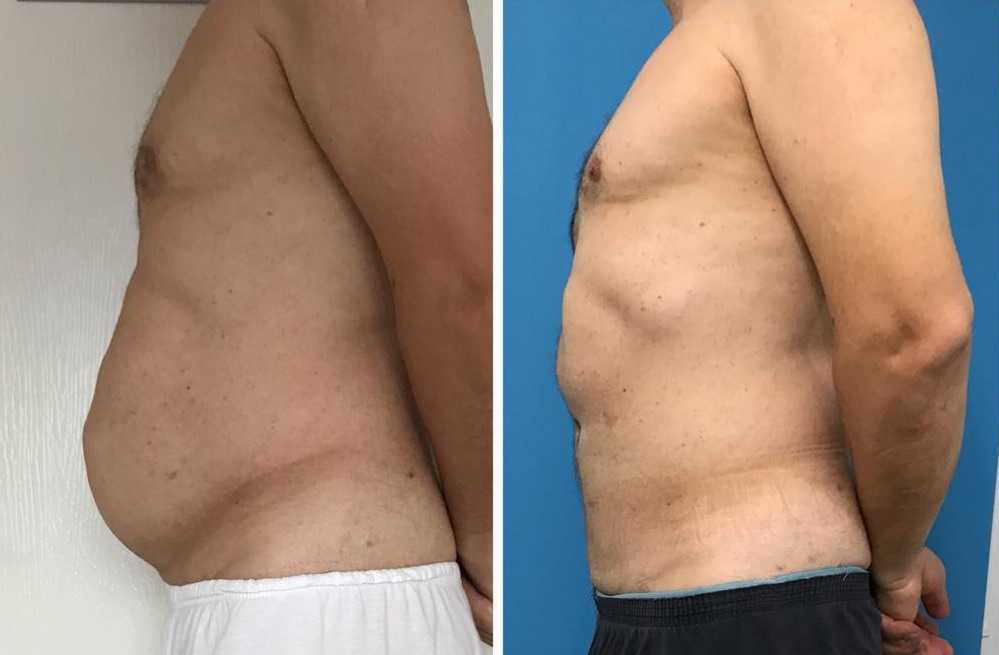
Many people ask about the benefits of a partial or full facelift when they are considering plastic surgery. Each procedure has its unique advantages. Here are some differences. If you're interested in a full facelift, you should ask your surgeon about the risks and recovery time for each option. Consider the exact location of incisions required for each procedure. The exact method that you choose depends on your personal needs. However, both methods can improve your appearance.
Mini facelift
A mini facelift involves a small amount of work on the lower portion of the face. This is usually done around the jaw and neck. The incisions are less extensive and are made in a deeper plane than a full facelift. This allows the surgeon to perform limited skin removal and muscle tightening, thereby minimizing the appearance of scarring. This procedure is ideal for younger adults who wish to preserve their skin and reduce the chance of developing facial wrinkles. However, older people who are prone to facial laxity may want to have a full facelift to eliminate the appearance of loose skin and improve their overall appearance.
Full facelift
The full facelift, which is one of the most popular types of facial rejuvenation surgery, offers the best results with a longer recovery period. The full facial lift targets deeper structures and muscles on the face. The surgeon then separates loose and deep-seated skin. A full facelift also involves several techniques to achieve the desired results, including repositioning of the skin in areas where it sags. The procedure can take between two to five hours.

Mid facelift
Incisions are made inside the mouth, at hairline and along lower eyelids lash line for the mid-facelift. These incisions allow tissue to be lifted up from the cheeks and restores the contour of the face. For a few weeks after the procedure, some patients may experience swelling and bruising. These symptoms should fade over time. After the procedure, the doctor will prescribe pain medication.
Deep plane facelift
A mini facelift or a deep plane may be the best option for you. A deep-plane facelift will treat problem areas naturally and provide a more permanent result than a small one. A deep plane facelift addresses structural elements of your face, which means that it will last longer.
Mini facelifts are more common for millennials
Millennials are increasingly turning to cosmetic surgery in their 20s to improve their looks. This generation, which is accustomed to comparing their appearances with others, is notoriously fond of using social media. Some millennials believe having a facelift would make them appear older, even though it is difficult to accept. They've chosen mini-facelifts to address this issue.
Time for recovery
A mini facelift's recovery time varies depending on the type of procedure, age, and health. Generally, both procedures result in a marked improvement in appearance. The full recovery guide included with your facelift is worth reading before you go under the knife. It contains postoperative instructions for cleaning and caring for your incisions. Also, plan a day of rest and no heavy exercise for the following days.

Cost
Although a mini-facelift is less expensive than a full, both procedures are costly. Some insurance companies cover cosmetic surgeries. These plans don't usually cover cosmetic surgery, so patients might need to pay up front. Your plastic surgeon will be able to help you make the necessary financial arrangements. A third party financing company for medical care can help you pay for your cosmetic procedures.